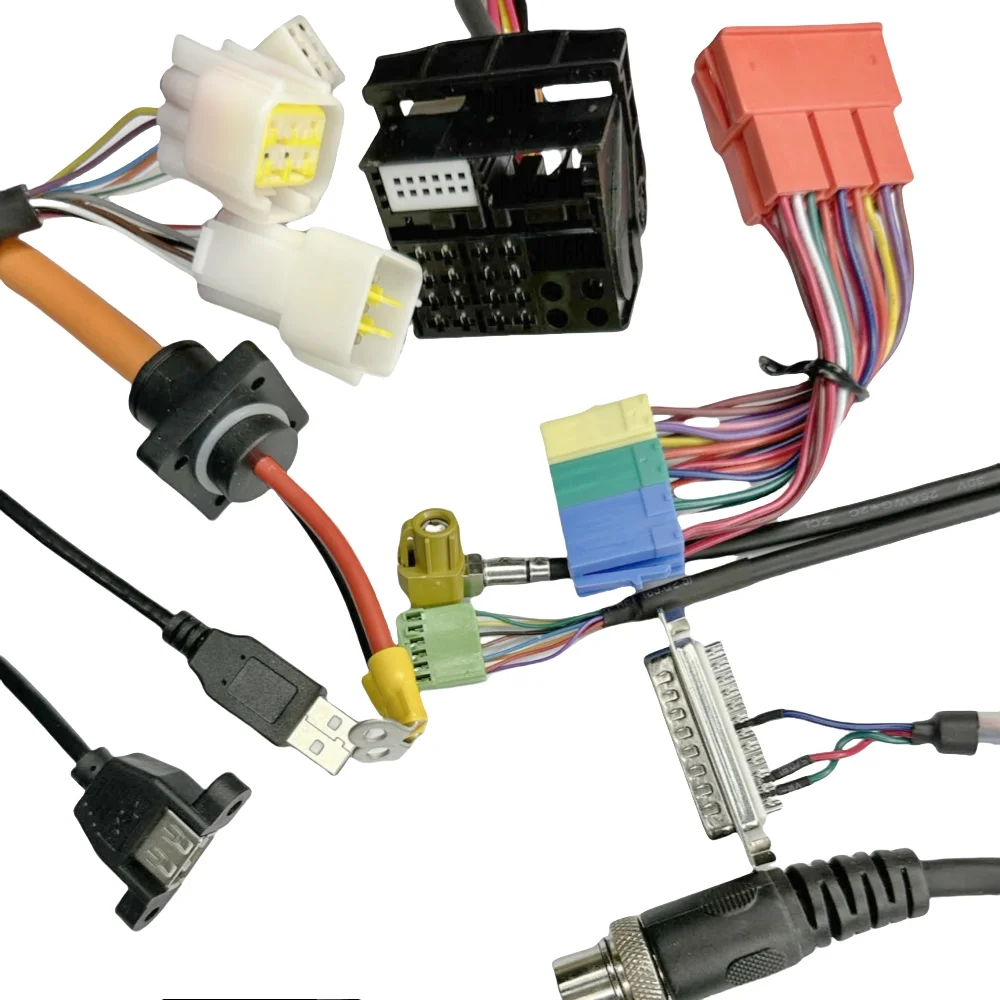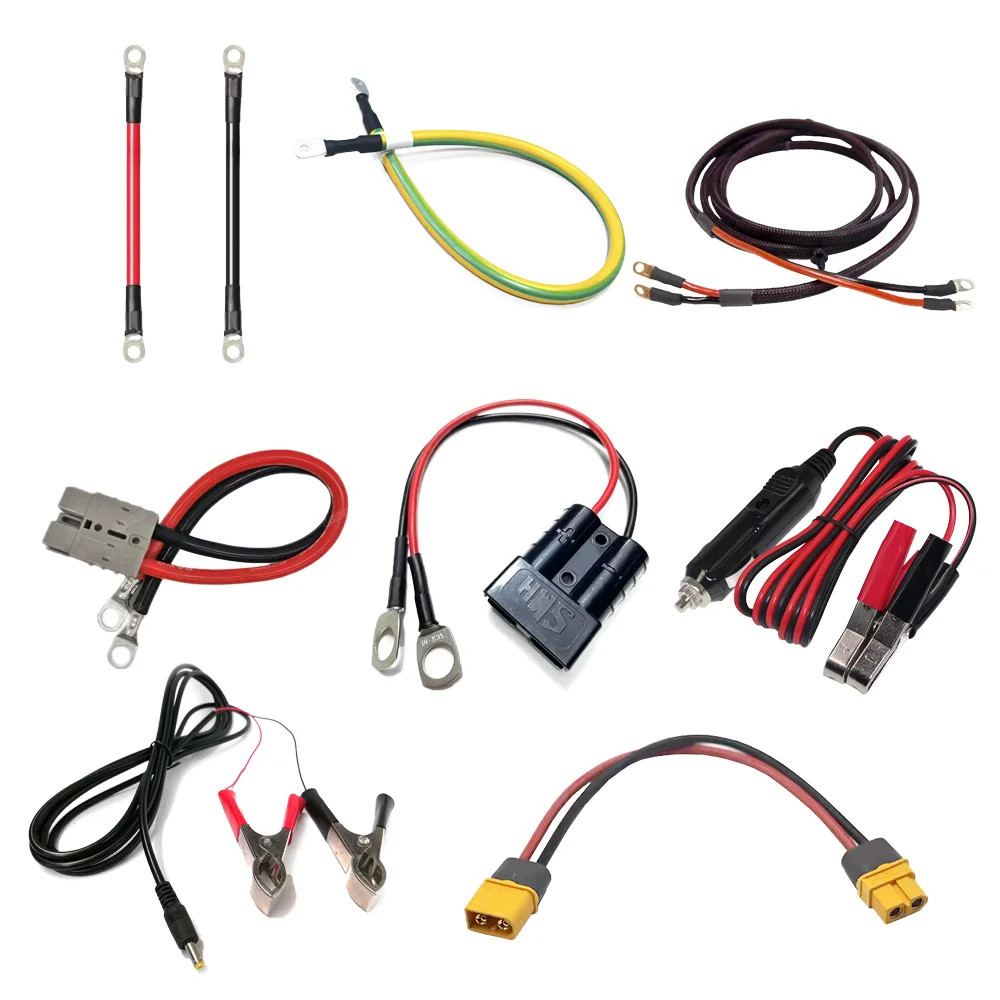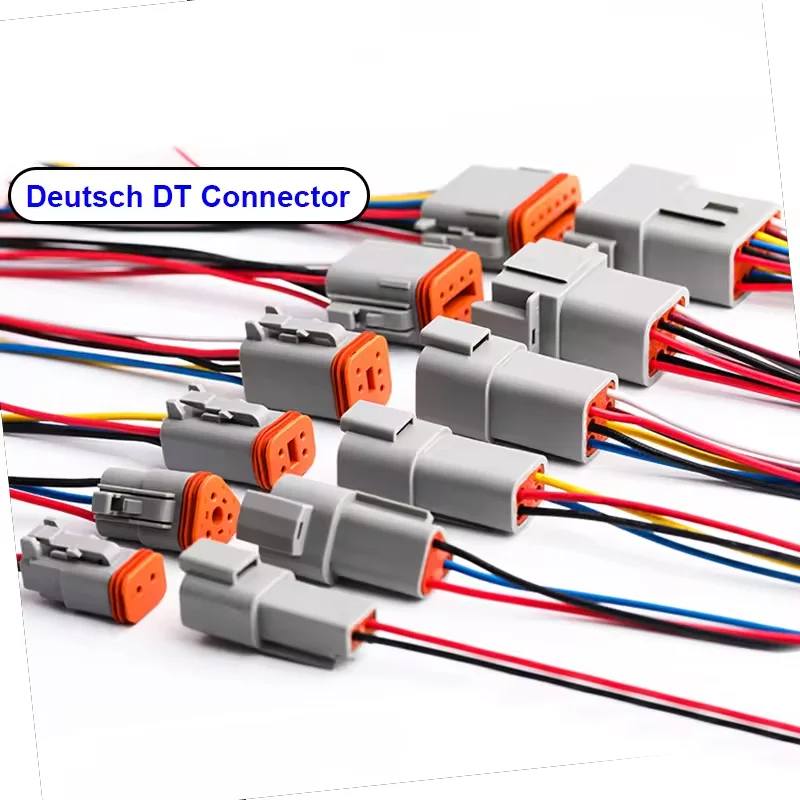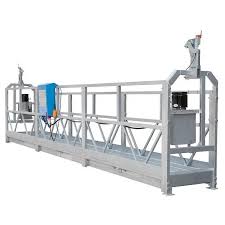The automotive industry is undergoing a significant transformation, driven by advancements in technology and the increasing complexity of vehicle electrical systems. At the heart of this evolution is the automotive power harness, a critical component that ensures the efficient transmission of power and signals throughout vehicles. This article explores the various aspects of automotive power harnesses, including their types, applications, and the importance of customization in meeting the diverse needs of modern vehicles.
Understanding Automotive Power Harnesses
An automotive power harness is essentially a collection of wires, connectors, terminals, and other components that work together to transmit electrical power and signals to various parts of a vehicle. These harnesses serve as the nervous system of the automobile, linking electrical components such as sensors, actuators, and control units to ensure seamless operation.
The complexity of modern vehicles has led to an increase in the number of electronic components, necessitating more sophisticated wiring solutions. As a result, automotive power harnesses have become indispensable in controlling not only basic functions like steering and braking but also advanced features such as infotainment systems and driver assistance technologies.
Types of Automotive Power Harnesses
Automotive power harnesses can be categorized based on several criteria:
By Location:
Main Harness: Located primarily in the engine compartment and chassis.
Cabin Harness: Found within the passenger cabin.
Instrument Panel Harness: Specifically for the instrument panel area.
Engine Harness: Dedicated to engine-related components.
Small Harnesses: Includes harnesses for doors, bumpers, and other specific areas.
By Voltage Type:
Low Voltage Wire: Typically used for standard electrical components.
High Voltage Wire: Essential for new energy vehicles (NEVs), handling voltages greater than 60V.
Battery Wire: Specifically designed for battery connections.
By Material:
Copper Harnesses: Traditional choice for most applications due to excellent conductivity.
Aluminum Harnesses: Gaining popularity due to their lightweight properties and cost-effectiveness; they offer comparable strength to copper while reducing overall vehicle weight.

The Role of Customization
As vehicles become more specialized and equipped with unique features tailored to consumer preferences, the demand for customized automotive power harness solutions has surged. Customization allows manufacturers to design harnesses that fit specific applications or vehicle models, ensuring optimal performance and reliability.
Benefits of Customized Automotive Power Harnesses
Enhanced Performance: Tailored designs can improve the efficiency of electrical systems by minimizing resistance and optimizing routing paths.
Space Optimization: Customized harnesses can be designed to fit within limited spaces in modern vehicles, reducing clutter and weight.
Improved Reliability: By addressing specific environmental conditions (e.g., temperature variations, moisture exposure), customized solutions can enhance durability and longevity.

Innovations in Automotive Power Harness Technology
The automotive industry is witnessing several innovations in power harness technology aimed at improving performance and safety:
Integrated Systems: Recent developments have led to integrated solutions that combine multiple functions into a single harness.
Optical Harnesses: These advanced harnesses use optical fibers to transmit data at high speeds without being affected by electromagnetic interference. This technology is particularly beneficial for vehicles equipped with numerous sensors and communication devices.
48-Volt Systems: As vehicle manufacturers strive for greater efficiency and lower emissions, many are adopting 48-volt electrical systems. These systems require specially designed wiring harnesses capable of handling higher voltages while maintaining safety standards.

Conclusion
Automotive power harnesses play a crucial role in the functioning of modern vehicles by ensuring reliable power distribution and signal transmission. With the growing complexity of automotive electrical systems, customized solutions have become essential for meeting specific performance requirements. Innovations in materials and design continue to drive advancements in this field, paving the way for safer, more efficient vehicles.
The Advantages of Customized Automotive Power Harnesses in Vehicle Electronics
www.xywires.com
Dongguan Xinying Electronic Co. ,Ltd.
